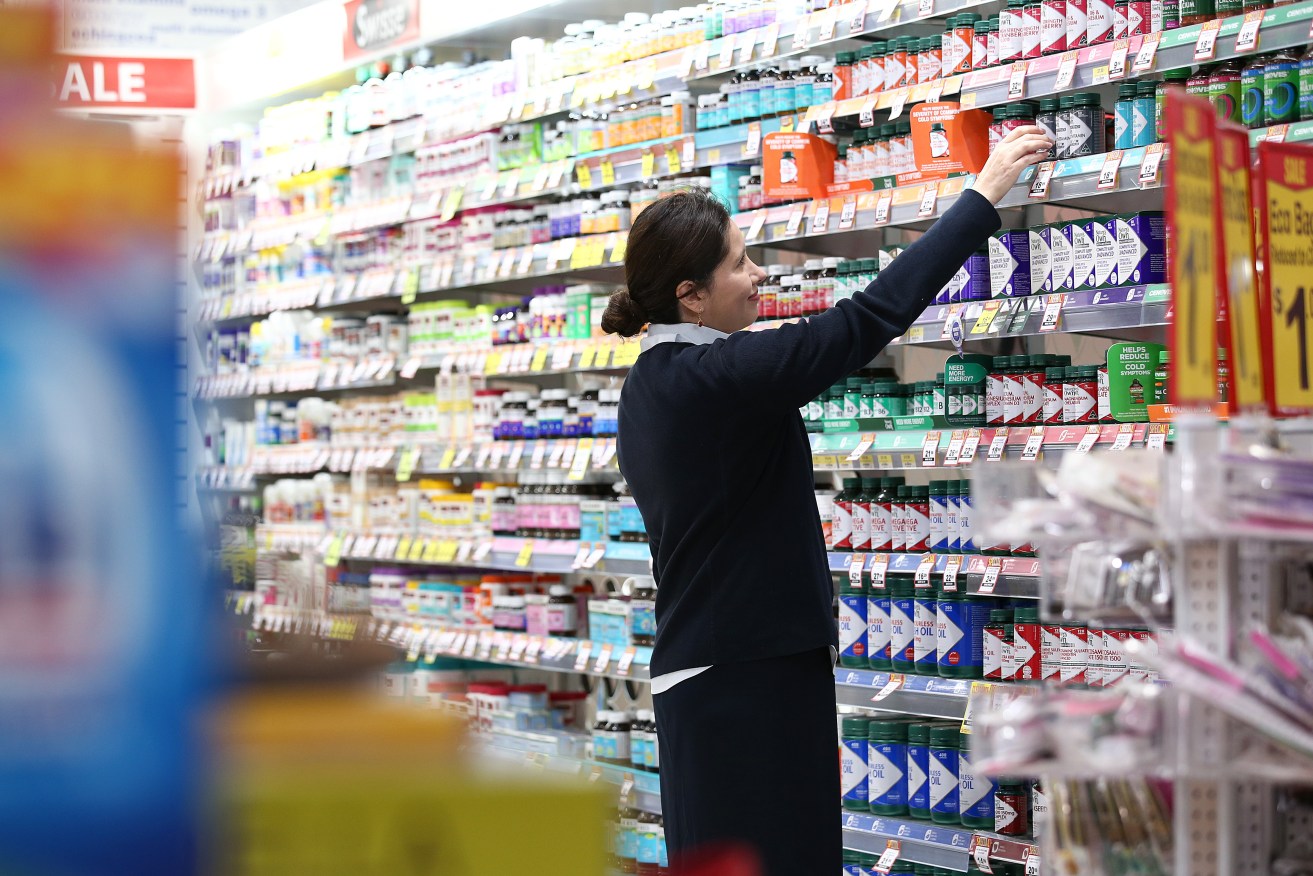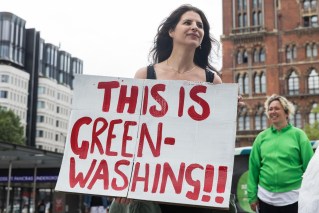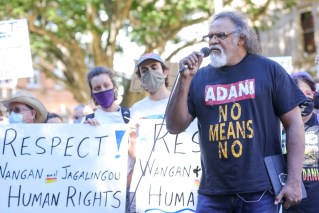Inflation on the wane but Queensland dragging the chain in latest numbers
Australian inflation has come in hotter than expected, with price increases hitting a broad array of categories including rents, education and medical bills.

Items for sale at a chemist at a shopping center in Brisbane. (AAP Image/Jono Searle)
Annual inflation is still tracking in the right direction, falling to 3.6 per cent in the 12 months to March from 4.1 per cent in the previous corresponding year, the Australian Bureau of Statistics reported.
Yet quarterly inflation picked up sharply, lifting one per cent from 0.6 per cent in the three months to December, the bureau said on Wednesday.
Brisbane’s inflation in the last quarter was the highest in the country (1.1 per cent) but only marginally.
Consensus forecasts had the quarterly rate rising 0.8 per cent in the three months to March for an annual pace of 3.5 per cent.
Bureau head of prices statistics Michelle Marquardt said price rises across education (5.9 per cent), health (2.8 per cent), housing (0.7 per cent), and food and non-alcoholic beverages (0.9 per cent) contributed the most to the quarterly increase.
“While prices continued to rise for most goods and services, annual consumer price index inflation was down from 4.1 per cent last quarter and has fallen from the peak of 7.8 per cent in December 2022,” she said.
Fast-rising prices have been putting pressure on Australian households and prompted the Reserve Bank to embark on aggressive interest rate hikes starting in May 2022.
With the economy slowing and inflation heading in the right direction, the focus has shifted to the prospect of interest rate cuts by the central bank.
Oxford Economics Australia head of macroeconomic forecasting Sean Langcake said the slight upside surprise in headline inflation was not large enough to change the near-term outlook for interest rates.
But with the trimmed mean – the RBA’s preferred measure of underlying inflation – recording a modest drop to four per cent annually compared with the previous quarter of 4.2 per cent, Mr Langcake said disinflation would be “frustratingly slow”.
“The chances of a cut in interest rates coming in 2024 have slimmed based on today’s data,” he said.
During the quarter, tertiary education rose 6.5 per cent as annual indexation was applied to fees.
Secondary education as well as preschool and primary education also rose in line with price increases typical of the new year, with the broader education recording its strongest quarterly rise since 2012.
Prices for medical and hospital services also typically go up at the beginning of the year as GPs and other health service providers review their fees, with the category lifting 2.3 per cent during the quarter.
Rents were again a strong contributor to the quarterly lift in housing costs, up 2.1 per cent from a 0.9 per cent increase in the quarter before, reflecting record-low vacancy rates.












